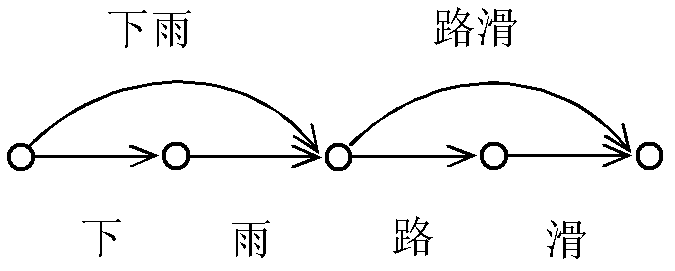Participle-network-based word alignment fusion method for computer-aided Chinese-to-English translation
A fusion method and word alignment technology, applied in computing, special data processing applications, instruments, etc., can solve problems such as lack of
- Summary
- Abstract
- Description
- Claims
- Application Information
AI Technical Summary
Problems solved by technology
Method used
Image
Examples
Embodiment
[0070] Algorithms used in the present invention are all written and realized by C# language. The model used in the experiment is: Intel Xeon X5550 processor, the main frequency is 2.66G HZ, and the memory is 16G. The GIZA++ word alignment toolkit used in the present invention is a general open source word alignment toolkit at present, compiled by this laboratory under Cygwin to obtain a version that can finally run under the windows platform. The rest of the machine translation modules used in the present invention are rewritten in C# language based on the phrase-based statistical machine translation open source software Moses.
[0071] The data preparation before implementation is as follows: use K kinds of word segmentation tools to segment the Chinese part of the English-Chinese parallel corpus, and get K middle word segmentation, that is, s k (k=1,...,K), put s k (k=1,...,K) do traditional word alignment a with parallel English parts respectively k (k=1, . . . , K).
...
PUM
 Login to View More
Login to View More Abstract
Description
Claims
Application Information
 Login to View More
Login to View More - R&D
- Intellectual Property
- Life Sciences
- Materials
- Tech Scout
- Unparalleled Data Quality
- Higher Quality Content
- 60% Fewer Hallucinations
Browse by: Latest US Patents, China's latest patents, Technical Efficacy Thesaurus, Application Domain, Technology Topic, Popular Technical Reports.
© 2025 PatSnap. All rights reserved.Legal|Privacy policy|Modern Slavery Act Transparency Statement|Sitemap|About US| Contact US: help@patsnap.com



